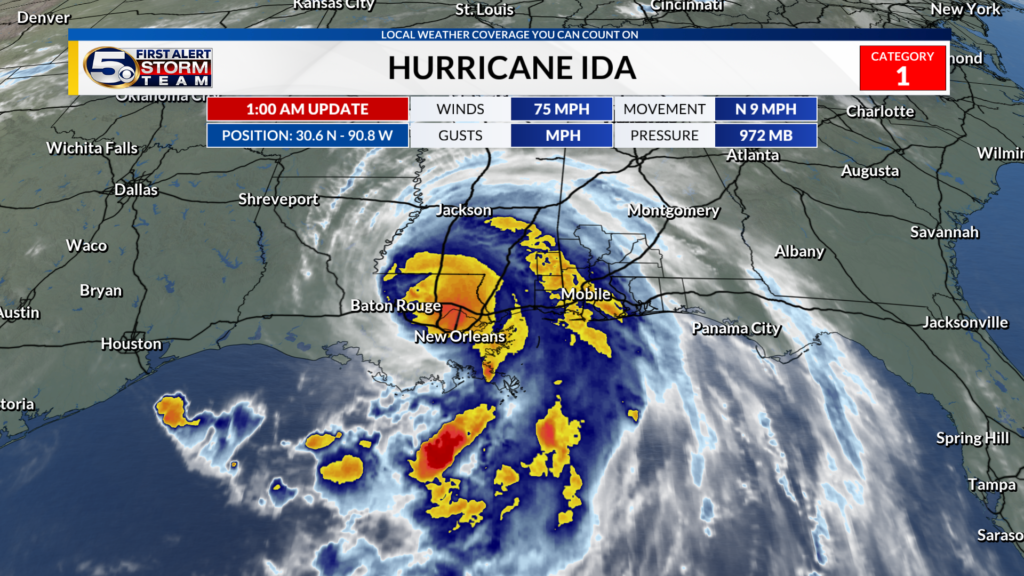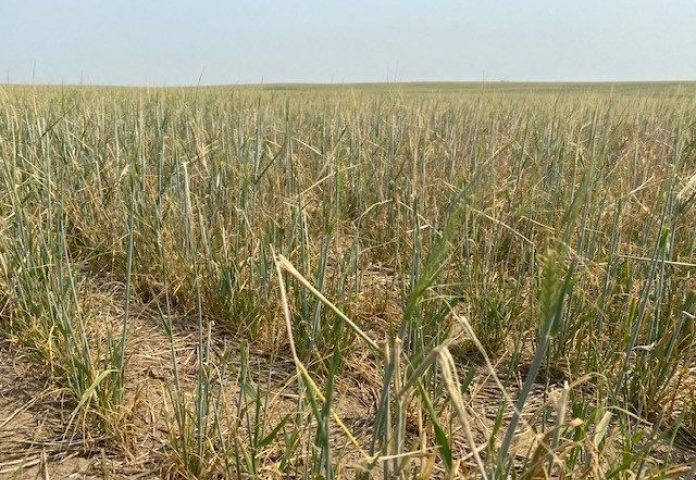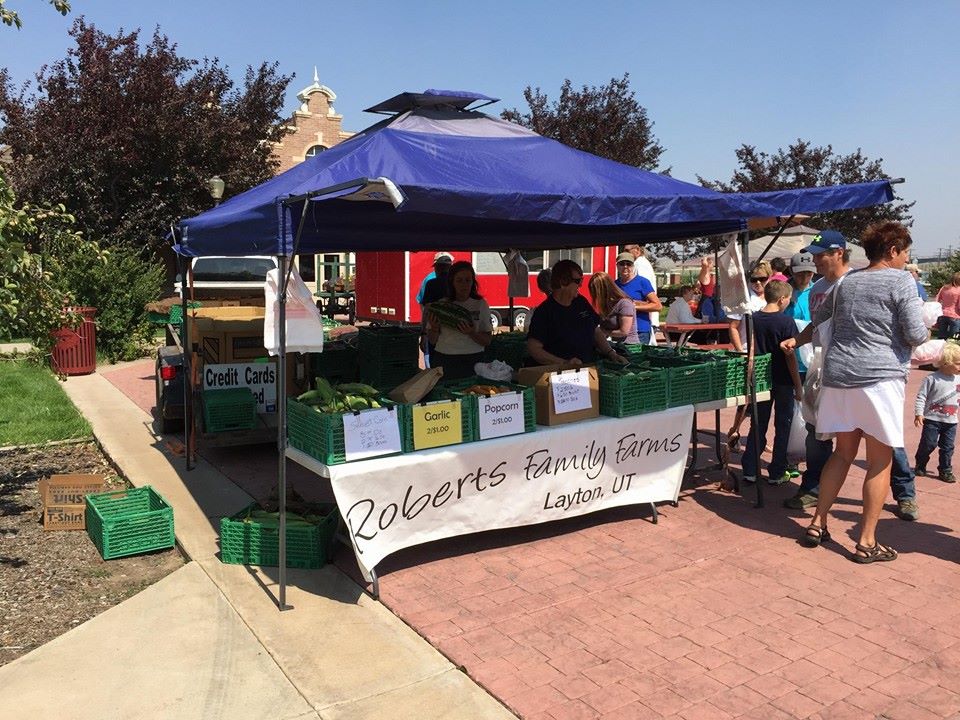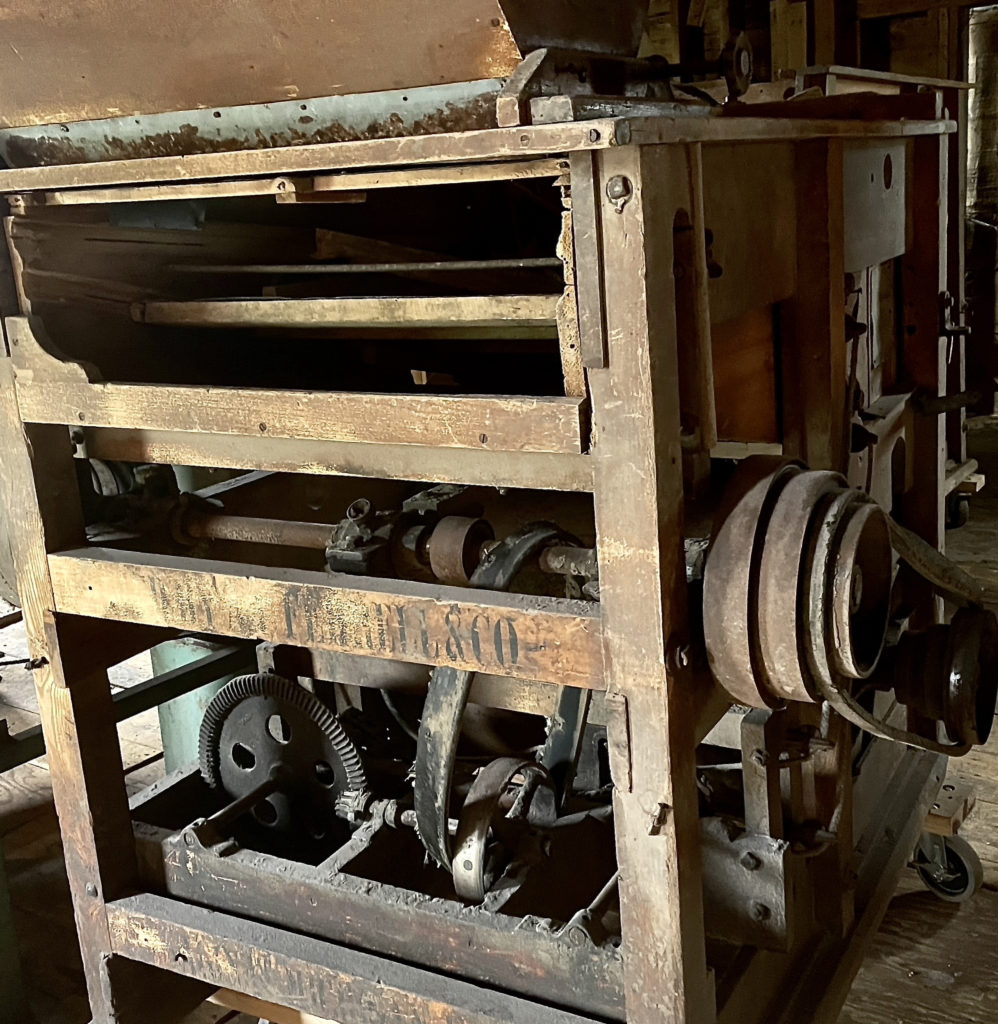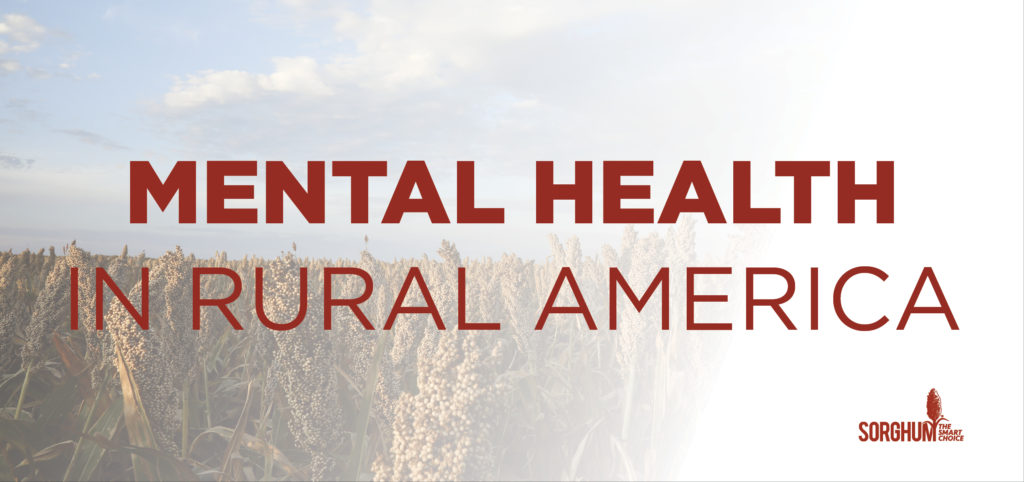Spring weather is always a fun conversation across farm country, whether in the local coffee shop, after church, or during a sidewalk stroll down any small-town street in America. I came across a recent article from the National Weather Service saying that March might have above-normal temperatures and was intrigued. So, I got on the phone for an assignment from the National Association of Farm Broadcasting and began digging.
My first phone call was to Dennis Todey, the director of the Midwest Climate Hub in Ames, Iowa. As far as the March forecast goes, the veteran meteorologist says it depends on one thing: location, location, and location.
“The farther north you go, the less chance you have of being above normal during March,” Todey said. “But we should begin to rebound fairly quickly after the recent cold stretch that brought snow into parts of the Upper Midwest.”

What you may not know is most of the cold that covered parts of the Upper Midwest was originally supposed to stay well to the north, especially up in Canada. Some of that cold worked its way into the North Central U.S., but it’s been limited mainly to the areas with snow cover.
As you go further west in the Northern Plains, there is less snow cover, so the temps haven’t been quite as cold. “The probabilities are not big, but the possibility of some warmer temperatures is there,” Todey said.
Looking out beyond March to the spring weather forecast, again, it all depends on which location you’re referring to. Out in the Eastern Corn Belt from Central Illinois and further east, they’ve had several storm events move through the area. The outlook in that location continues to look wet there.
“Planting delays are definitely on the radar in that location,” Todey said.
It’s the opposite in the Central and Southern Plains, where drought conditions have steadily grown worse in recent months as it’s been a dry and warm winter. The big question is whether the area is going to get any moisture anytime soon.
“It’s going to be interesting in the eastern Dakotas and parts of Minnesota,” he said. “They got some moisture late last year and recently picked up some recent snow as well.
“Places like Missouri and Iowa are more of a mixed bag right now,” he said. “Iowa still has some carryover dry soils, and then we have some dry soils in parts of Wisconsin in areas that keep missing out on moisture events.”
Speaking of dry weather, a good-sized part of rural America is short of moisture. The shortage in the plains begins in Nebraska and stretches to the south. It’s dry to very dry, but the lack of moisture doesn’t stop there.
“Parts of Iowa and Wisconsin are quite dry,” Todey said. “It’s quite dry in northern Illinois, which is a carryover from last year. Depending on which part you’re talking about, parts of the Dakotas had moisture while others didn’t get enough moisture for runoff for ponds and dugouts from a livestock standpoint.”
The winter wheat crop is really struggling because of the dry weather. The spring weather forecast hopefully has some moisture in it to help the wheat crop to at least somewhat rebound from the poor conditions.
As winter begins to wind down and spring gets closer, Todey has noticed an interesting trend in recent years when it comes to winter weather. Up here in Minnesota, we were able to take the dog for a walk in short sleeves or light jackets into November of 2021, which is almost becoming more of the norm rather than the exception.
“Winter has been showing up later than normal in recent years,” he said after some thought on the matter. “Let me frame this climatologically for you.
“The 90 coldest days on average for most of the Upper Midwest are typically December, January, and February,” Todey said. “That’s based on looking at data over the last 30 years. We’ve seen some of the coldest events of the winter occurring in late February.”
While late-winter snow isn’t uncommon, the larger events have been coming later and later, so “something is going on that’s a little different.”






